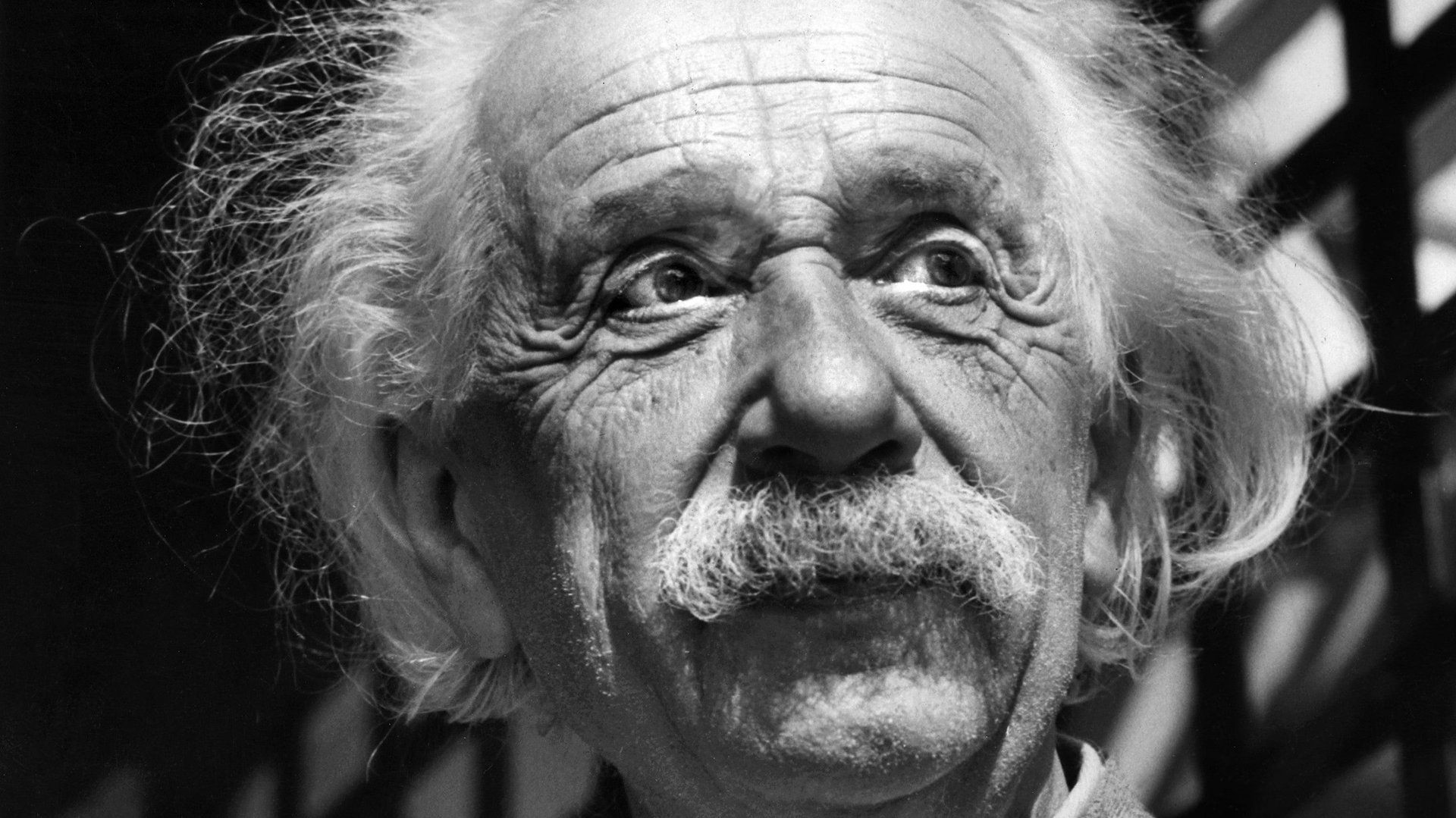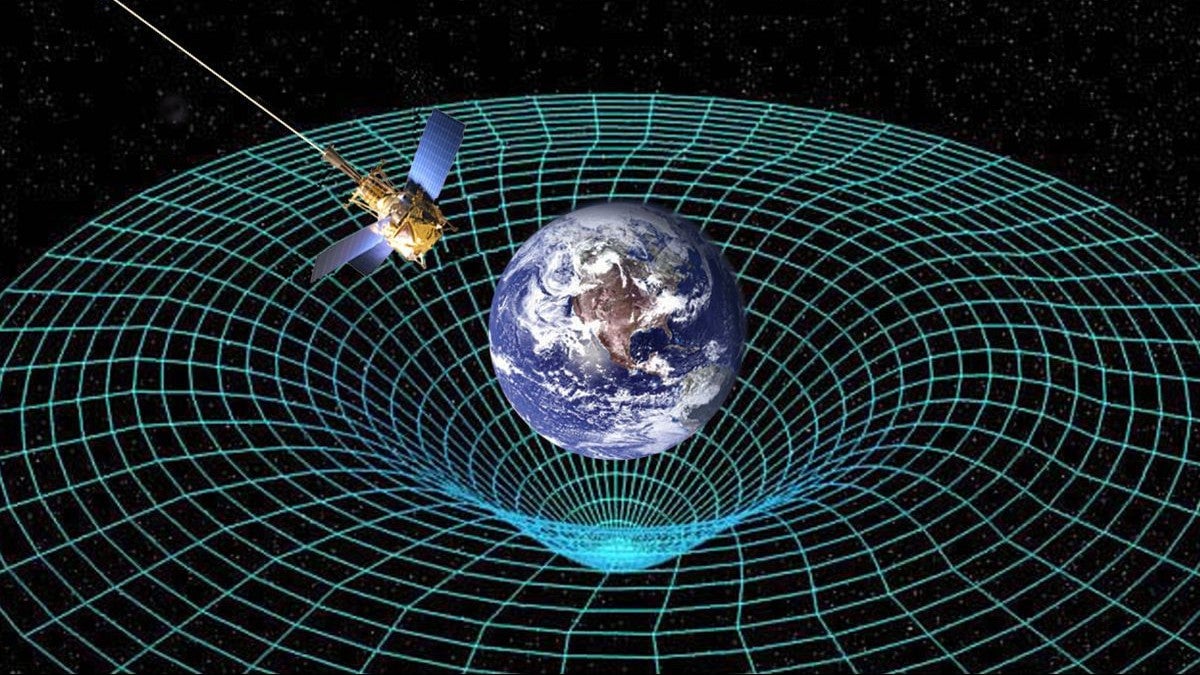To Einstein’s general theory of relativity, a love letter on its 100th birthday
Dear general relativity,


Dear general relativity,
I don’t know if you’ll remember me. It’s been a while. We met in the final year of my physics degree. It was a brief affair. For 10 weeks, we saw each other three times a week at the math department—apparently none of the physics staff knew you well enough. I found you aloof and difficult. You were all tensors and spinors, strange, gnarly, symbol-packed matrices that were the only way a three-dimensional human writing on two-dimensional paper could describe the way things move in a curved, four-dimensional spacetime. To be honest, I remember very little of you.
Yet the basic lesson endured: that it is possible, through the consistent, methodical manipulation of scratches on paper, to completely change our conception of what the universe we inhabit is made of. Today is the 100th anniversary of when Albert Einstein published you. I just want to tell you that I’m glad he did.
When space-bending is mind-bending
If Einstein had been a writer or artist rather than a scientist, he would have been a Surrealist. (André Breton, the author of the Surrealist Manifesto, believed that Surrealists, like scientists, could ”lead the exploration into new areas and methods of investigation.”) Einstein’s genius was in his willingness to confront the contradictions between different branches of physics by questioning assumptions so basic that nobody else saw them as assumptions. What if time did not pass at the same rate for everyone? What if things could get heavier as they went faster, or other things could get shorter?
In the way of an author exploring the possibilities of a fantastical, imaginary world, Einstein carried out ”thought-experiments”—another invention of his (and an equally surrealist one, for what kind of crazy fool would propose doing an experiment merely by thinking?) These flights of fancy took some notion as a given—for instance, that the speed of light is not infinite, but a fixed maximum that no other object can exceed—and asked what would happen if all else were bound to that constraint. Like Archimedes, who boasted that if given a fixed point and a lever he could move the world, Einstein proposed fixed points and used the lever of unassailable logic to spin the entire universe around them.
Your elder sister, the special theory of relativity, which Einstein completed in 1905, was already wild enough. The coupling of two seemingly innocuous assumptions—first, that the laws of physics are constant for all observers except when they’re accelerating relative to one another, and second, that light will always travel at the same speed whether the source it came from was going at a million miles an hour or standing stock-still—led to a series of impossible consequences, including the aforementioned distortions of time, mass, and length for objects moving at very high speeds. Yet all of them were experimentally confirmed in short order.
Yet you, general relativity, were even wilder. Your basic premise was that gravity isn’t, as previously supposed, a force between two objects. When I fall out of a tree, the earth doesn’t pull me toward it like a fisherman reeling in an invisible line. Instead, what the earth has done is distort the spacetime around it. A common analogy is putting a rock on a trampoline. The rock’s weight makes the trampoline sag, and if you then put a marble on the trampoline, it will roll down the slope towards the rock. So when I fall to earth, I’m not being reeled in, but sliding down a slope I can’t perceive in the space (in fact, the spacetime, since another of Einstein’s insights was that space and time are one) that I inhabit. When a satellite orbits the Earth, it’s not caught on a gravitational lasso, but riding around and around the sagging trampoline of spacetime, moving just fast enough not to fall all the way in. This, Einstein explained, is why falling toward a planet and floating in empty space feel the same; from a physics point of view, they are. When you’re falling in gravity, you don’t feel it—until you collide with something that stops you falling further.

A century later, general relativity, you still leave unanswered questions. But that Einstein discovered you remains a testament to the power of human imagination. Science is built by painstaking logic, by the methodical collection of data, by the verification and reconfirmation of fact after fact. But its greatest leaps still cannot happen without that very human capacity, the one in which science and art and all our pursuits meet—the ability to imagine that which has never been seen, to think that which has never been thought, and to ask: If this were true, what kind of a world would we live in?